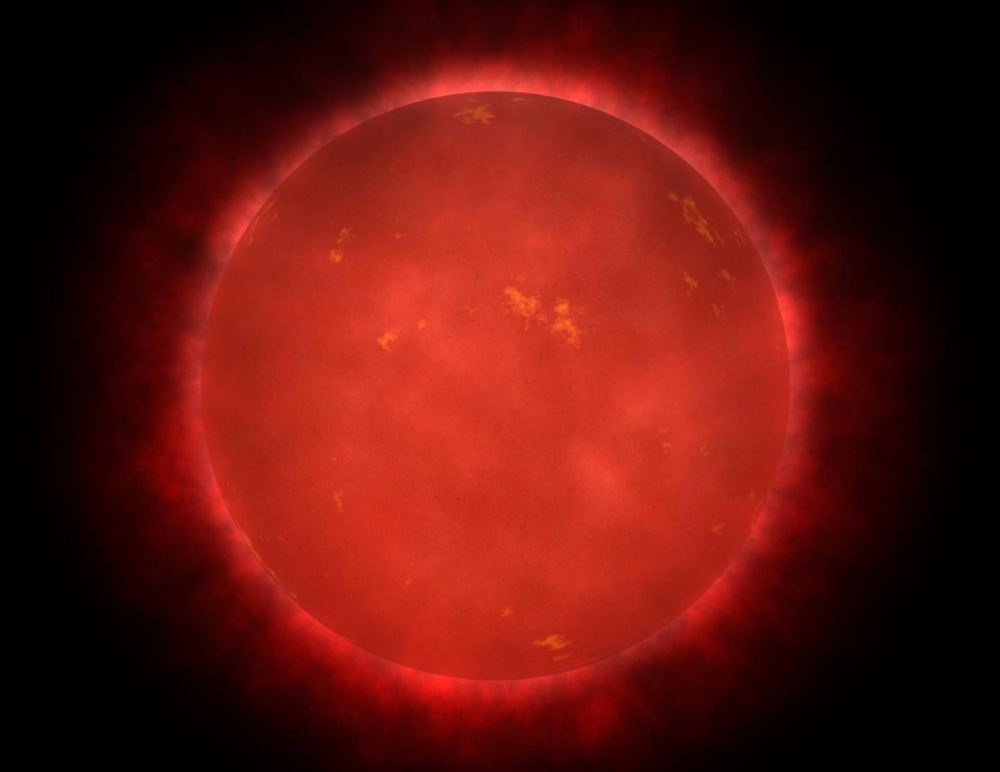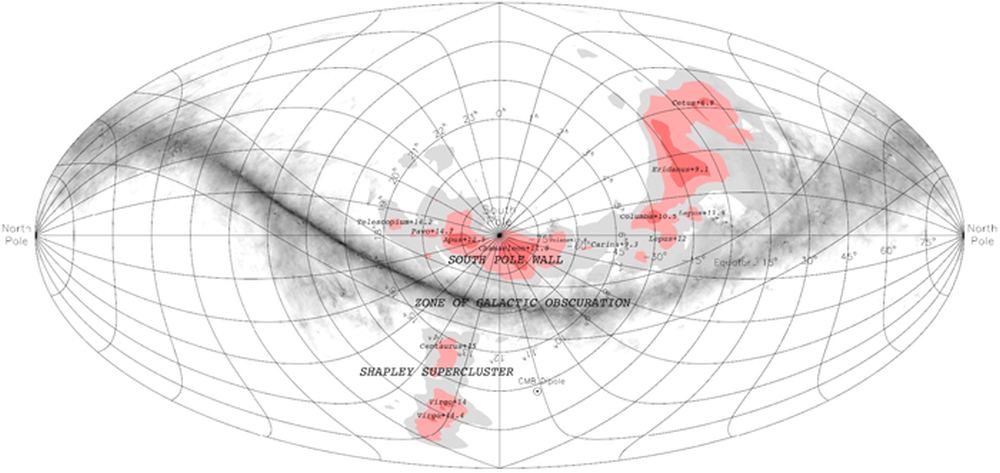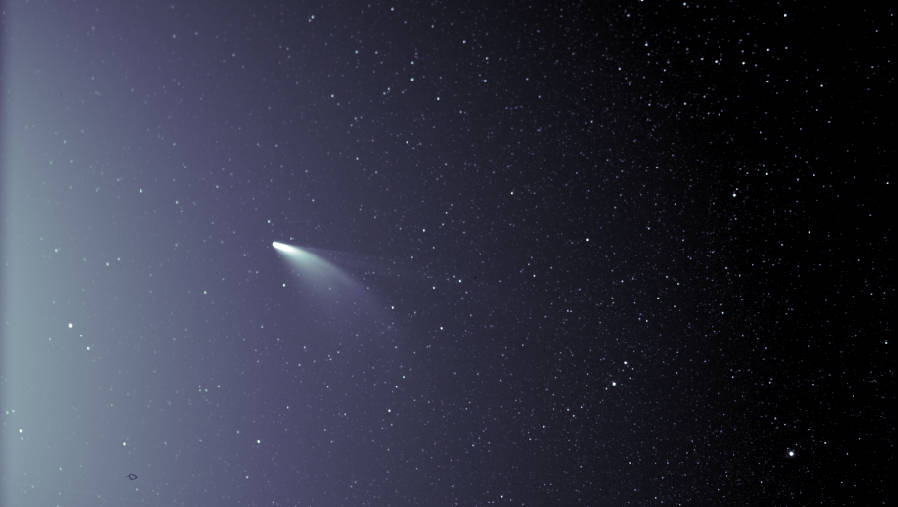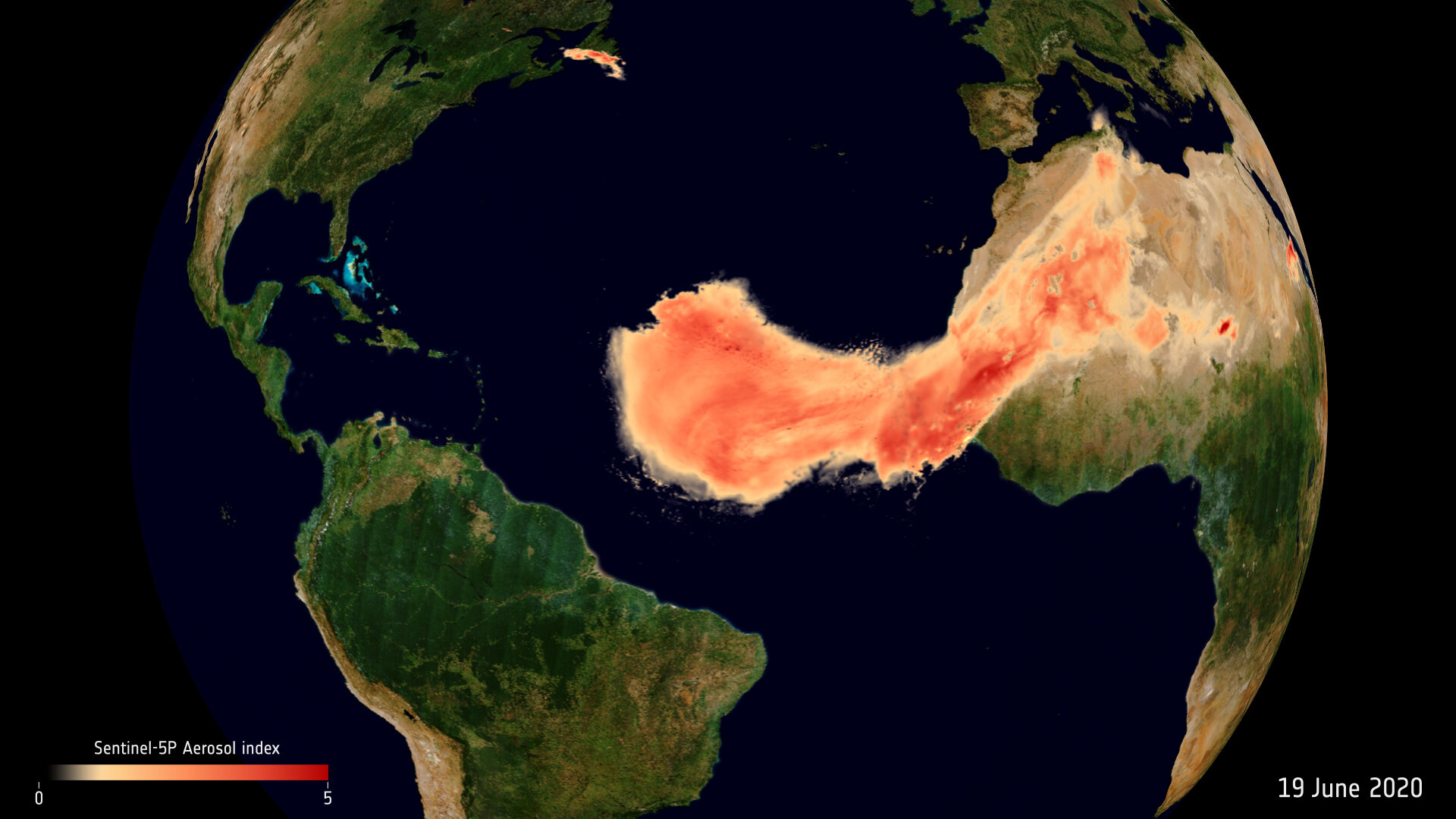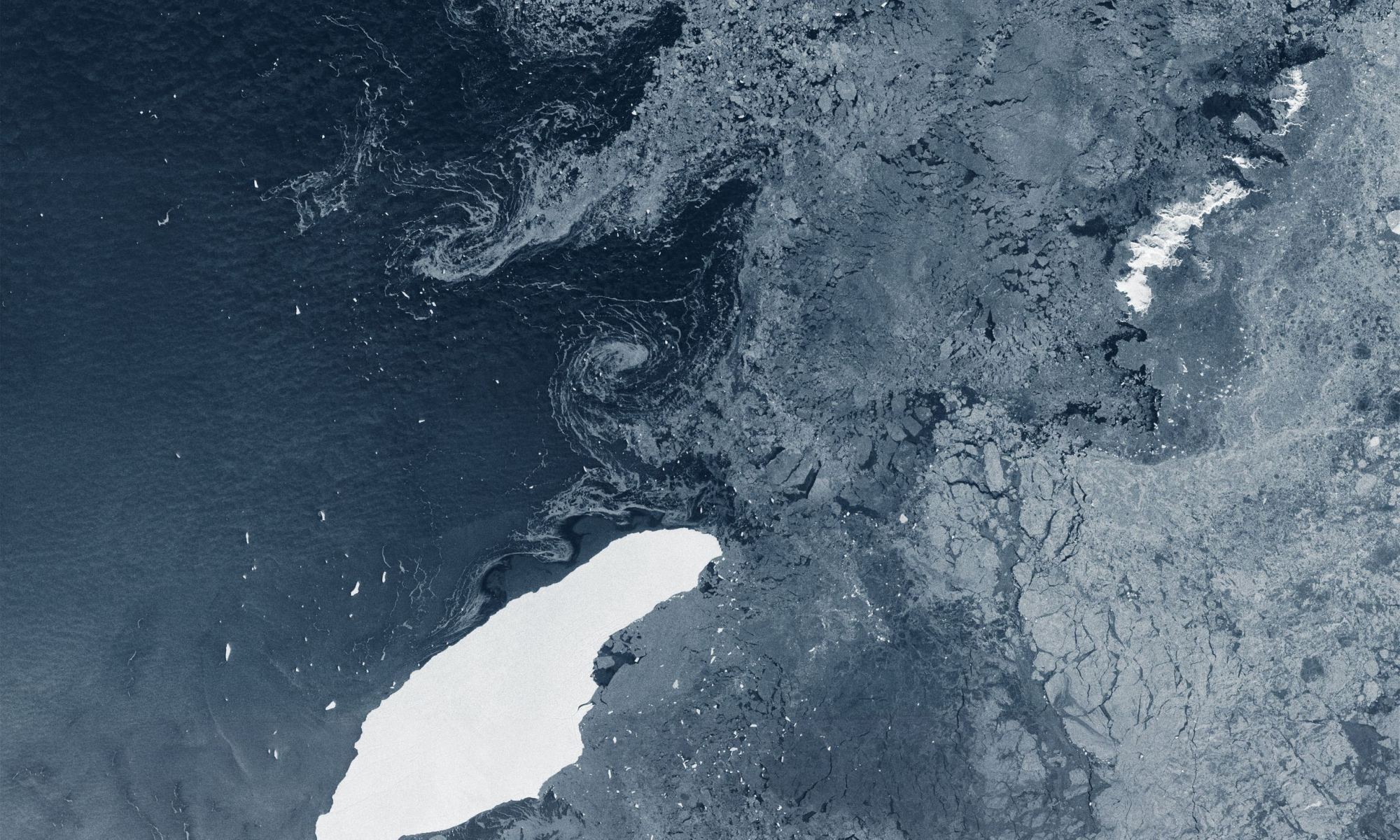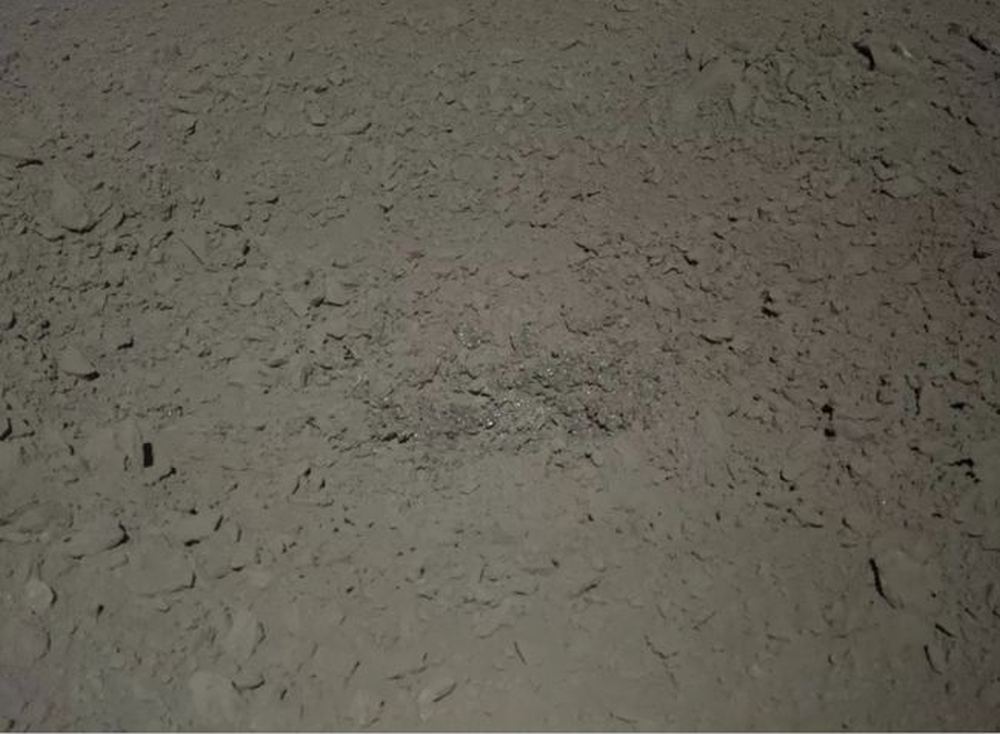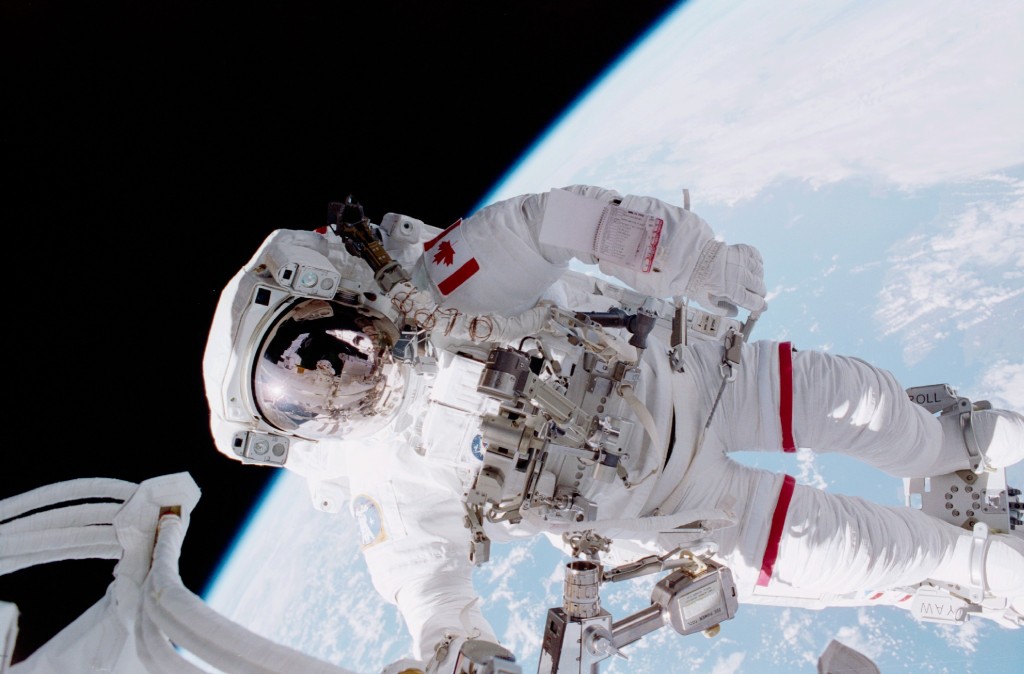Sunspots are common on our Sun. These darker patches are cooler than their surroundings, and they’re caused by spikes in magnetic flux that inhibit convection. Without convection, those areas cool and darken.
Lots of other stars have sunspots, too. But Red Giants (RGs) don’t. Or so astronomers thought.
A new study shows that some RGs do have spots, and that they rotate faster than thought.
Continue reading “1 in 10 Red Giants are Covered in Spots, and They Rotate Surprisingly Quickly”
